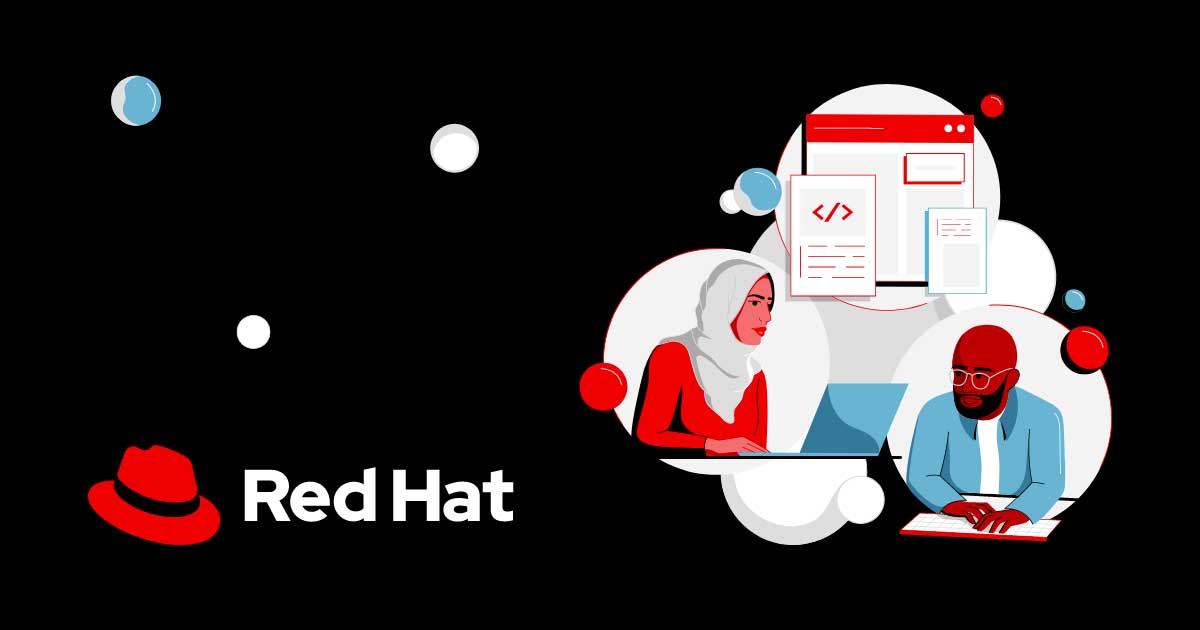Originally posted by Luke
View Post
This website also made a tour with beta version: http://www.phoronix.com/scan.php?pag...l7_beta1&num=1



Comment